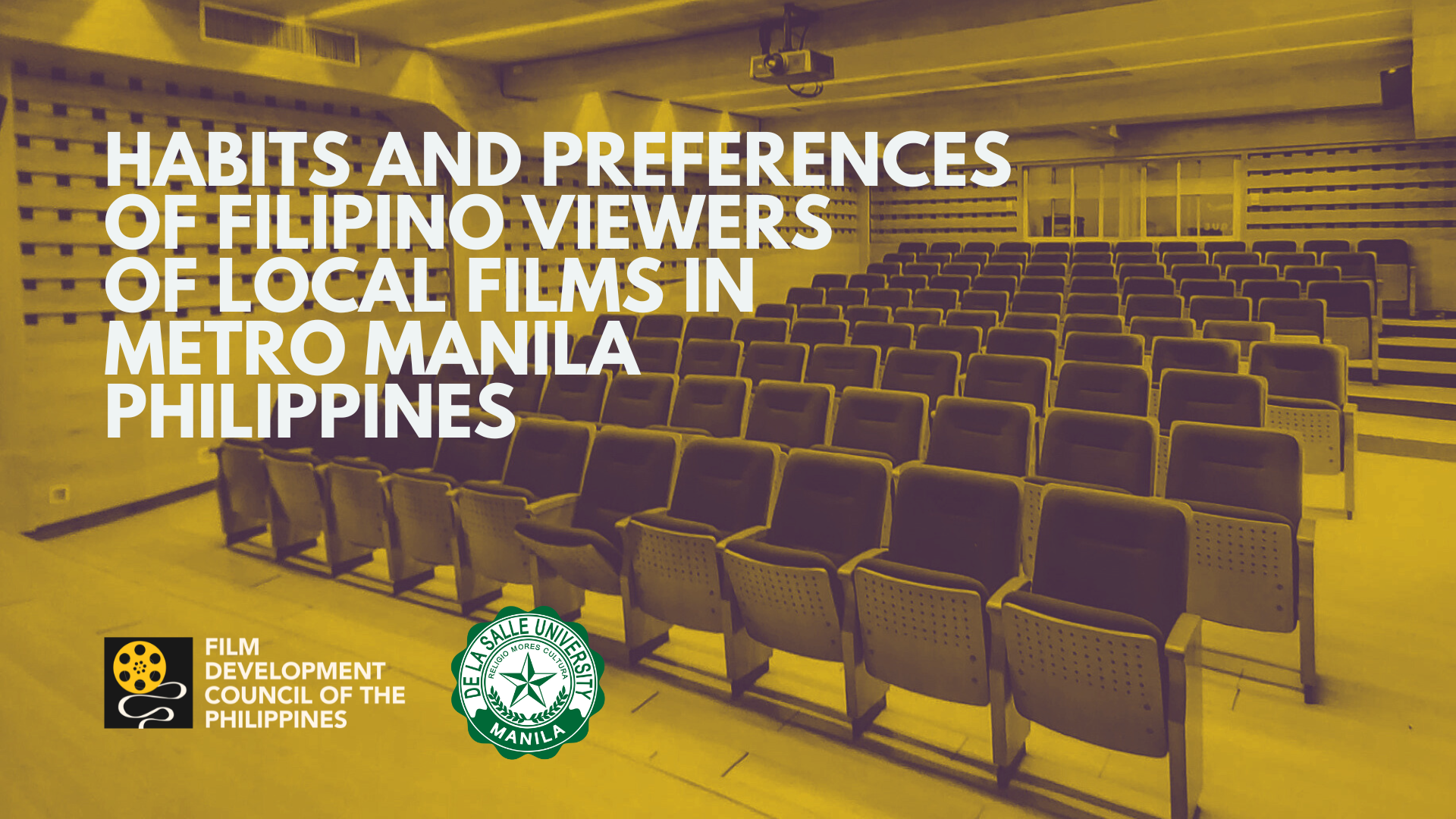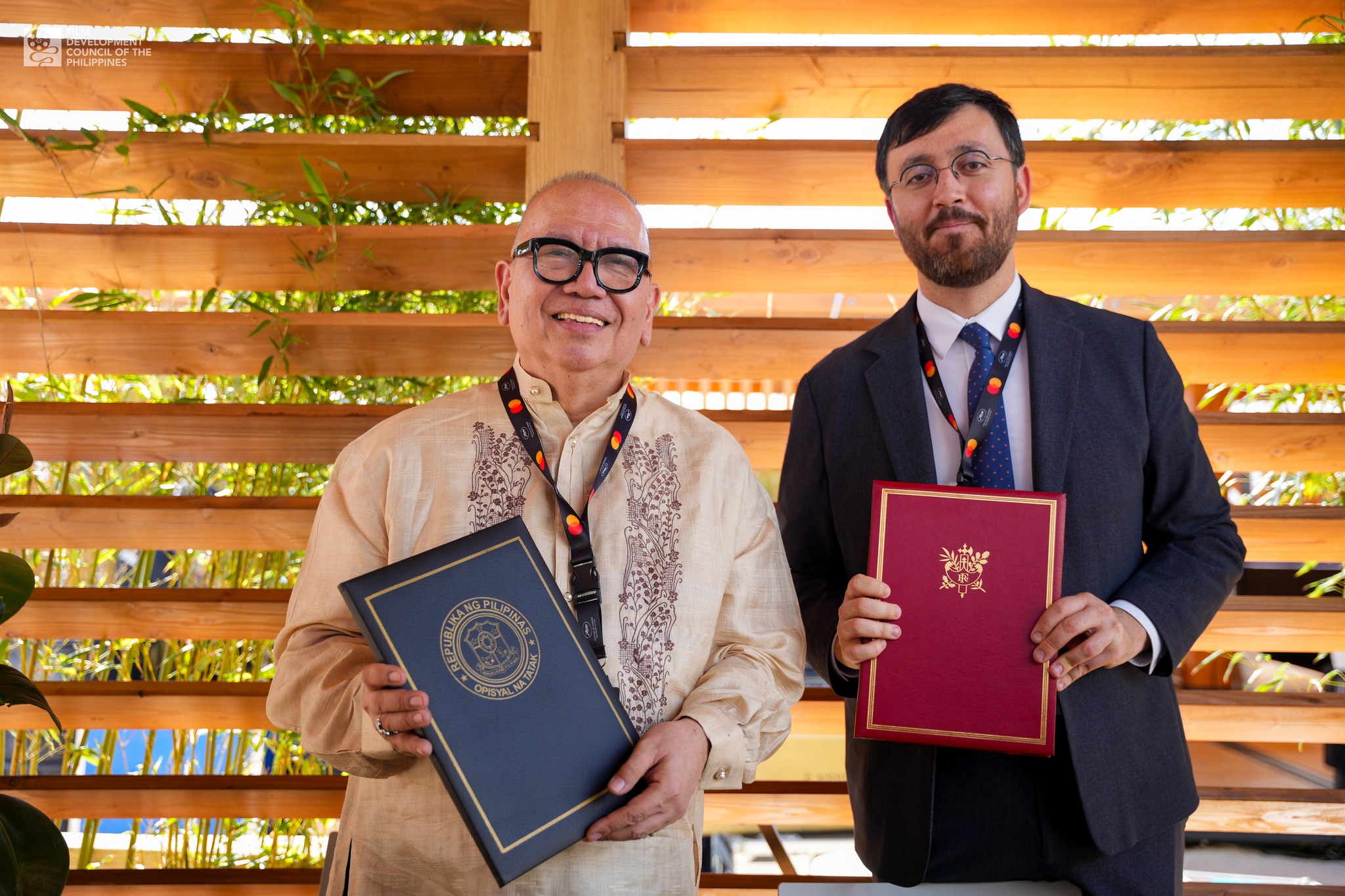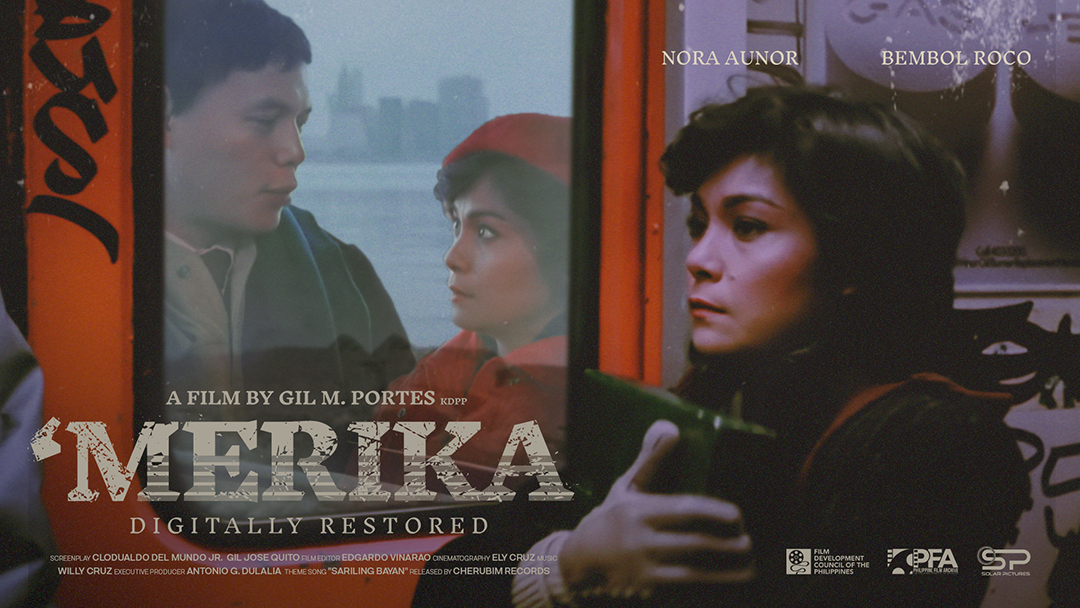FDCP banners Top 20 accomplishments (Part 1)

In line with the State of the Nation Address of President Rodrigo Duterte, I would like to share the Top 20 accomplishments of the Film Development Council of the Philippines (FDCP), which is under the Office of the President.
Armed with the vision of a globally competitive film industry that contributes to the economic development while championing our culture and heritage, the Agency launched policies and programs to support this goal.
1. Signing of policy guidelines for the working conditions and occupational safety and health standards in the audiovisual production sector
Setting working hours, social welfare benefits, and the “no contract, no work” policy are just some of the improvements now implemented to ensure the health and safety of film and audiovisual workers.
On February 7, Labor Secretary Silvestre Bello 3rd and I signed the Joint Memorandum Circular No. 1, S. 2020, on the working conditions and occupational safety and health of workers in audiovisual production, which includes the film industry. This landmark government issuance protects workers from an industry that has created an entrenched culture of overworking and underpaying workers.
This policy is one of the reference policy documents for the proposed Eddie Garcia Bill, a measure that seeks to institutionalize the minimum standards in audiovisual entertainment industry’s working conditions, health and safety.
2. Pista ng Pelikulang Pilipino (PPP)

Held since 2017, PPP is a one-week exclusive screening of Filipino films in all theaters nationwide, showcasing quality elevated genre films, the majority of which are independently produced.
In the last three years, this national film festival showcased 37 full-length feature films to more than 2.6 million audiences and grossed over P421,461,734. PPP films were paired with Sine Kabataan short films produced by the youth, focusing on societal themes.
“The Day After Valentine’s,” “100 Tula Para Kay Stella,” and “The Panti Sisters” were well-received top grossers, while “Patay na si Hesus” was a surprise regional comedy hit and the second top grosser in 2017.
Furthermore, PPP films have consistently been chosen as the country’s entry to the Oscars Best Foreign Language race with “Birdshot” in 2017, “Signal Rock” in 2018, and “Verdict” in 2019.
3. Philippine Film Archive Heritage Building: The country’s greatest gift to the Centennial of Philippine cinema

In 2018, FDCP initiated a partnership with the Department of Tourism (DoT), Department of Finance, and Tourism Infrastructure and Enterprise Zone Authority to construct the Philippine Film Archive Heritage Building in the historical Intramuros (Beaterio de la Companio de Jesus) in Manila.
With this project, FDCP envisions a facility that will house climate-controlled film vaults for current and in-coming film reels and analog tape materials; laboratories and working areas where audiovisual elements can be inspected, cleaned, and repaired; digitization rooms for scanning, capturing, and post-video-editing techniques; a theater to showcase curated films and hold premiere screenings with local and international partners; and the media library wherein students, researchers, or any film aficionado can view digitized films.
4. Philippine Film Archive’s film restoration program
The importance of preserving our old and classic films cannot be stressed enough. Currently, 65 percent of our film copies are destroyed and have been lost forever, with the remaining in danger of damage and decay every day. The Philippine Film Archive under the FDCP aims to address this through its Restoration Program that identifies and commissions the restoration of significant titles in Philippine Cinema.
Notable restored classic film titles include: “Zamboanga” (1937) by Eduardo de Castro; “White Slavery” (1985) by Lino Brocka; “Brutal” (1980) by Marilou Diaz-Abaya; “Manila by Night” (1980) by Ishmael Bernal; “Dalagang Ilokana” (1954) by Olive La Torre; and “Maalaala Mo Kaya” (1954) by Mar S. Torres.
5. DEAR Program to support displaced film workers amid the Covid-19 pandemic
When the coronavirus disease 2019 (Covid-19) necessitated for a national public emergency to be declared in the country for the rest of 2020, the film and audiovisual industry was the first to be canceled, leaving thousands of workers from movies, television shows, concerts, and performances — and almost all of them on freelance — unemployed and without financial recourse.
To answer the pleas of its stakeholders, FDCP took steps to contribute to government efforts by activating the Disaster/Emergency Assistance and Relief (DEAR) Program, which provided a one-time cash aid benefit for displaced freelance audiovisual workers. Since its activation in March, the program has processed 5,000 applications and has released P28 million from its realigned funds to freelancers.
6. Philippine Cinema Pavilion in major international film markets
Film markets are where producers and content creators of films and other audiovisual content like series, animation, and documentaries can sell their films to buyers from markets around the globe. Through its UNI Philippines Program, FDCP hosted Philippine Pavilion in major international film markets like Hong Kong FILMART, Cannes Film Market, Asian Film Market, and Asian Television Forum. Around 30 to 40 companies participate in each film market throughout the year to connect with international counterparts for co-production on projects and distribution of films.
Since 2017, UNI Philippines has supported over 200 film companies, more than 200 films, and 50 producers with their projects in showcasing the Philippines and its content to film markets worldwide. FDCP has hosted events for 3,500 attendees, mostly international stakeholders, so that they may be introduced to Philippine Cinema.
7. Filipino films on Netflix and other streaming platforms
With the world’s inevitable shift to digital platforms for content, it is reassuring that through our consistent participation in international film markets, our films and content are finding their way to global distribution. This growing slate of Filipino content is a reflection of the diversity of Philippine Cinema.
Netflix, the world’s leading streaming entertainment service with 183 million paid memberships in over 190 countries, launched five Filipino films in June in celebration of Philippine Independence Day. It introduced another slate in July. Netflix Content Acquisition Manager Raphael Phang praised the “creativity of storytellers and the quality of talent coming out of the Philippines.”
To date, we have almost 50 film titles in their library, making us one of the top Southeast Asian countries with the most acquired content in the platform. Pinoy titles on Netflix, including “Eerie,” “The Girl Allergic to Wi-Fi,” “Miss Granny,” and Filipino Netflix film “Dead Kids” by Mikhail Red, were among the top ten most popular titles in the Philippines in 2019.
Regional entertainment streaming service iflix, which carries a wide variety of audiovisual content, has a section for Filipino movies and television series. From classics like Mike de Leon’s “Bayaning 3rd World” to popular rom-coms like “My Ex and Whys” starring Enrique Gil and Liza Soberano, Filipino content is no longer just enjoyed by our locals but the international audience as well.
8. Film production incentives to promote Philippines as filming destination
The FilmPhilippines campaign of FDCP’s Philippine Film Export Services Office continued its promotion of the Philippines as a filming location for international productions. Under the FilmPhilippines Program, incentive schemes that support producers and filmmakers to partner with foreign counterparts for the shooting and development of quality films were presented to the global market.
Under the Let’s Create Together banner with DoT, FDCP supports the industry’s service sector, where foreign productions work with line production companies in the Philippines and avail of a 20 percent cash rebate for their Philippines Spend.
9. Presidential Proclamation No. 622, S. 2018 on the Philippine Cinema Centennial Celebration
The President signed Presidential Proclamation No. 622, S. 2018, or Sine Sandaan on November 8, 2018, which declared September 12, 2019, to September 11, 2020, as the year-long celebration of the Centennial Year of Philippine Cinema led by FDCP.
The event was launched on September 12, 2019 with Sine Sandaan, a celebration of Philippine Cinema attended by 2,000 movers and shakers of the film industry, including luminaries, legends, icons, and artists from each decade who significantly contributed to the great tapestry of Philippine Cinema.
The 3rd PPP and Film Industry Conference (FIC), which featured the first FDCP Project Market, were held alongside Sine Sandaan. FIC featured 12 industry topics through one-on-one panel sessions and film lectures by 19 international speakers and five local speakers.
The FDCP Project Market encouraged Filipino filmmakers to create more partnerships locally and internationally, especially with Asean partners, so that they may assess and maximize platforms for the extensive development of projects. It curated 15 film projects and filmmakers from the Philippines and Southeast Asia, providing them the platform to explore collaborations with over 30 decision-makers made up of producers, funds, investors, and film service companies.
10. Southern Voices Film Lab (SOVOLAB) created to support Mindanaoan voices
SOVOLAB, an intensive script and development lab for Mindanaoan filmmakers dedicated to champion regional cinema, envisions empowering the voices of the South and discovering diverse stories from Mindanao. It aims to promote quality filmmaking by providing a platform for the advancement of scripts and development of projects.
For its first edition, SOVOLAB selected the following projects: “Dancing The Tides” (Xeph Suarez-Zamboanga), “Devils in Paradise” (Joe Bacus-Cagayan de Oro), “Cangrejos” (Zurich Chan-Zamboanga), “Diwalwal” (Jarell Serencio-Davao), “Misery Mountain” (Orvil Bantayan-Davao), “The Widow” (Ryanne Murcia-Zamboanga), and Virgins of the River (Julienne Joy Ilagan-Cagayan de Oro).
These first ten highlights of our Agency’s accomplishments lay out the heart of what FDCP is about: collaboration and expansion. Next week, we will take a look at the second part of our proudest accomplishments.
Notes from the Chair is part of the Arts Awake section of The Sunday Times Magazine published by The Manila Times. Click HERE to view the article on The Manila Times website.





